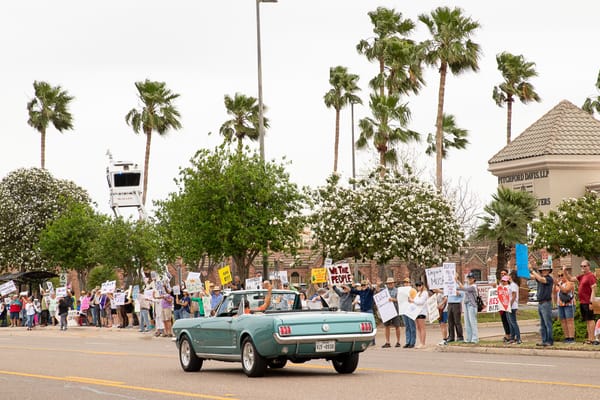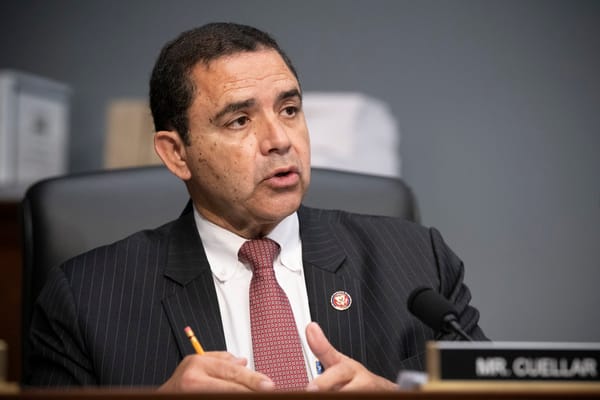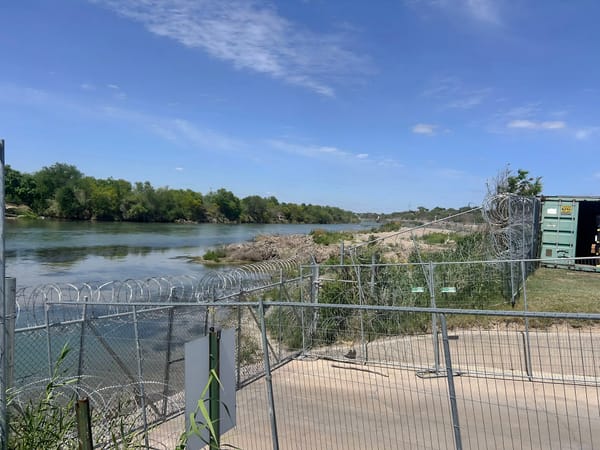Once expanded, Rio Grande LNG will process more liquid gas than any U.S. terminal today
Amid fierce local opposition, a major industrial project in Brownsville has announced a significant expansion of its development plans.
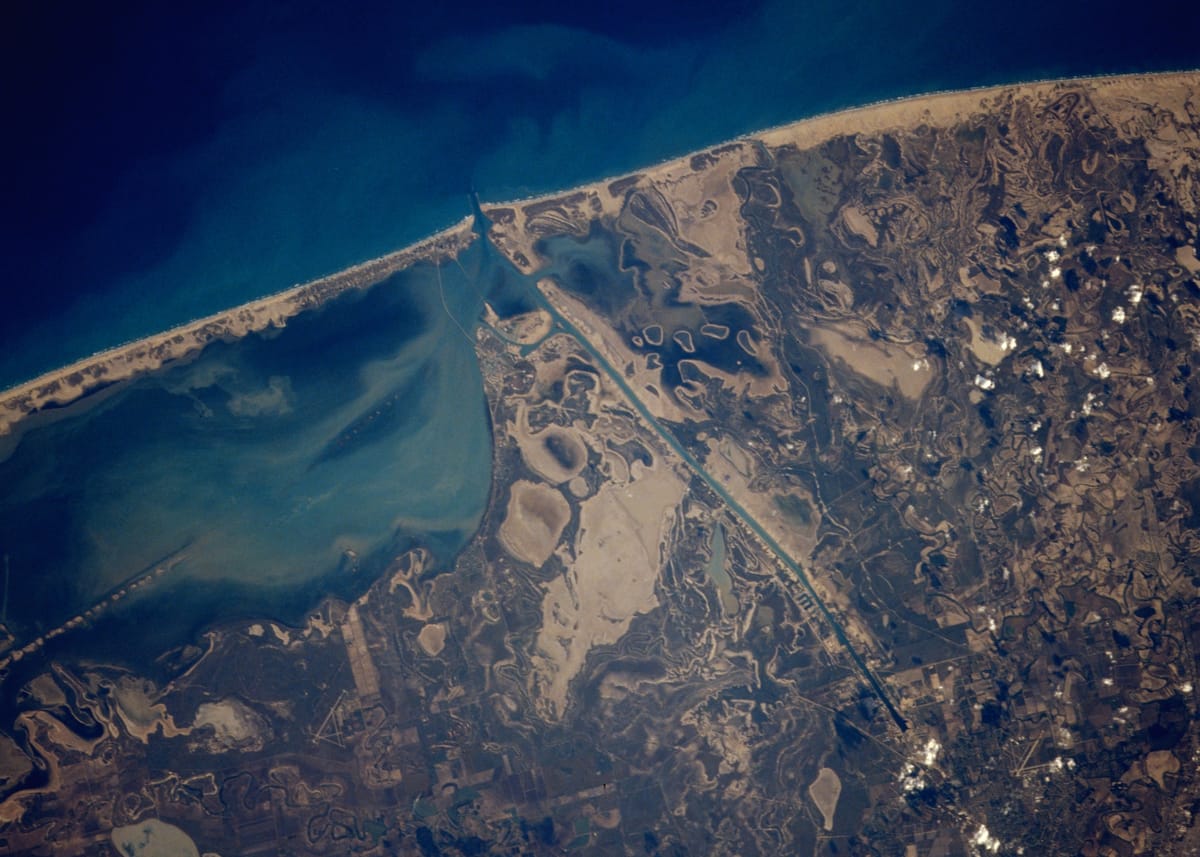
More than 130 miles north of the U.S.-Mexico border, natural gas fracked in the Texas brush country near Agua Dulce will make its journey to the Rio Grande Valley.
The gas will travel via the Rio Bravo Pipeline, a 48-inch-diameter conduit to be built starting later this year. It will then be processed into liquid form at the Rio Grande LNG export terminal, now under construction along the northern edge of the Port of Brownsville ship channel.
NextDecade, the company behind the Rio Grande LNG project, hopes to then send that liquid gas on shipping vessels to energy markets around the world in countries like France, Saudi Arabia, and Singapore.
The project, if completed, would mean jobs and economic development for the region, and possibly billions in profits for the project’s foreign investors.
But for some communities in the Rio Grande Valley, especially those near the facility, the project and its expansion have brought environmental, health and cultural concerns.
Bekah Hinojosa is the co-founder of the Rio Grande Valley-based South Texas Environmental Justice Network (SOTXEJN), a coalition of directly impacted people of color working towards environmental justice in the region.
Hinojosa said in a public statement that Rio Grande LNG, if completed as currently being developed, will be “the largest and most polluting” gas facility in the U.S., and “the biggest contributor of cancer-causing and climate change-inducing emissions in the Rio Grande Valley region.”
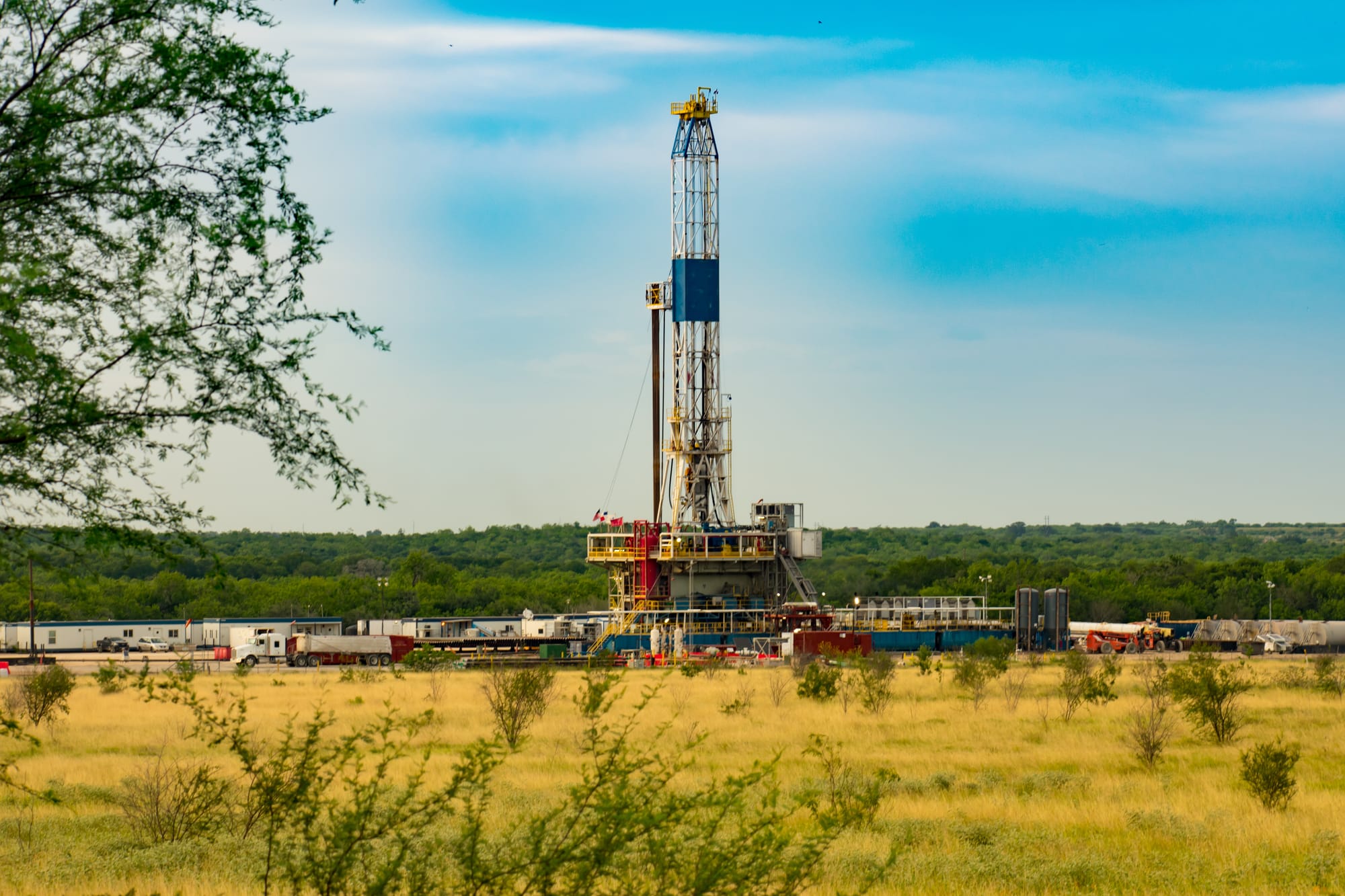
While NextDecade has said it is committed to meeting environmental and regulatory requirements, the project’s federal permit was overturned in August of last year after local groups and environmental organizations sued the Federal Energy Regulatory Commission (FERC), the agency that approved the permit for the facility.
The lawsuit argued that FERC failed to conduct a supplemental environmental impact statement (EIS) — a legal requirement that examines a project's impact on the environment or surrounding communities.
The U.S. Court of Appeals for the D.C. circuit agreed that FERC should not have approved a permit without an EIS.
The plaintiffs in the case — the City of Port Isabel, the Carrizo Comecrudo Tribe of Texas, the Sierra Club and a local group called Vecinos para el Bienestar de la Comunidad Costera — considered the court ruling a victory.
“NextDecade is disappointed in the Court’s decision and disagrees with its conclusions,” said the company in a public statement after the ruling. “The Company is reviewing the Court’s decision and assessing all of its options.”
After NextDecade asked for a formal rehearing, the court did not issue a mandate to stop construction.
Last month, after reviewing the petitions for that rehearing, the court ordered FERC to complete an environmental impact review but allowed NextDecade to continue construction of Rio Grande LNG while that review is completed.
Sierra Club Attorney Nathan Matthews, representing the plaintiffs in the case against FERC said the court confirmed FERC broke the law but wrongly let the permits stand.
“We are disappointed in the court’s decision to allow the permits to remain in place despite FERC’s illegal actions,” Matthews said. “But once FERC reexamines the projects, the facts should compel them to conclude that the projects should not be approved at all, or should be modified to reduce harmful impacts.”
While environmental advocates continue to call for the projects to be stopped or scaled back, the developer plans to press forward.
“The company expects to take all available legal and regulatory actions, including appellate actions, to ensure that construction… will continue,” NextDecade said in a statement, assuring the public that “necessary regulatory approvals will be maintained.”

Since the lawsuit, NextDecade has announced plans to increase the output capacity of Rio Grande LNG by about 60% of its previously stated goal — if it can meet the additional regulatory requirements and secure more contracts with buyers.
The company is currently developing three more gas processing units along Brownsville’s ship channel, known as liquefaction trains, in addition to the five trains it originally planned.
The eight completed trains would output 48 million metric tons of liquefied natural gas per year at Rio Grande LNG, an increase of 18 million annual metric tons compared with the originally planned capacity.
The increase would mean the facility, once completed, would process more LNG than any export terminal in the United States today, even as terminals across the country move forward with similar plans for expansion.
The scale and location of the project have drawn criticism from local organizers and environmental justice advocates. In the face of the legal reversal in the FERC case and amid the recent announcement from NextDecade confirming the project’s expansion, opponents to the project are not backing down.
Hinojosa said the facility is likely to harm local health, destroy sacred Indigenous land, and disturb fragile wildlife habitats, all while placing nearby communities at risk from industrial accidents.
The Environmental Health Project, a nonprofit public health organization based in Pennsylvania, wrote in a 2023 report that LNG export terminals at other sites have posed “immediate health and safety risks to those living nearby due to the volume of emissions and volatility of the production process.”
The report goes on to say that those LNG plants emitted “carbon monoxide, sulfur dioxide and volatile organic compounds” that can lead to “heart disease, certain types of cancer and damage to the reproductive system and internal organs” after long-term exposure.
The Environmental Health Project report also cites cases at other LNG terminals of ground and surface water contamination, explosions, and noise and mental health impacts, and says these types of terminals are “major emitters of carbon dioxide, the greenhouse gas that causes global temperatures to rise.”
Ruth Breech, senior campaigner at Rainforest Action Network said in a public statement that the Rio Grande LNG project “has not considered the community health or environmental impact to the area” and that the project “does not have the appropriate emergency response planning needed for an industry that is in such close proximity” to Starbase, the SpaceX rocket launch facility on Boca Chica beach.
The downtown area of the City of Port Isabel is about three miles from where Rio Grande LNG is being constructed. And the nonprofit Carrizo Comecrudo Nation of Texas, representing the federally unrecognized Carrizo/Comecrudo Tribe, says the land being developed includes areas considered sacred.
NextDecade said on its website that the facility in Brownsville “is designed to meet or exceed all environmental and other regulatory requirements” and that “the rigorous regulatory process and ongoing oversight by FERC ensure standards are met and maintained in accordance with the law.”
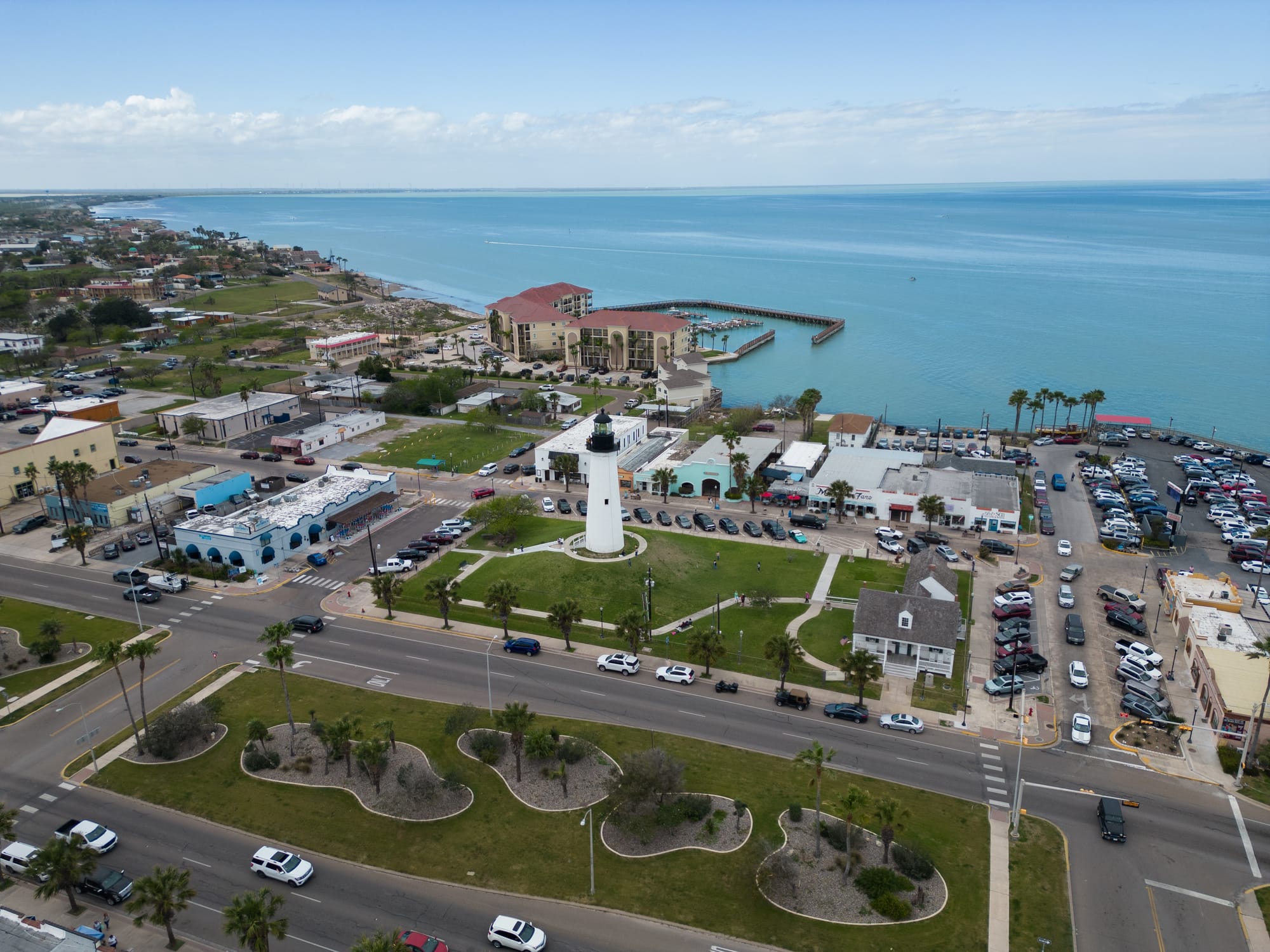
Although some local groups oppose the project, Brownsville city and Cameron county officials have continued to support it.
Emails obtained in a December investigation by The Texas Observer via public records requests show that elected officials worked closely with NextDecade to support the project after the first court decision in the lawsuit with FERC put the project’s permit into question.
In one exchange, NextDecade provided the first draft of an op-ed for Brownsville Mayor John Cowen Jr. A local op-ed later published under Cowen’s name contained verbatim paragraphs from the draft sent by the company.
On another occasion, Cameron County Judge Eddie Treviño received talking points from NextDecade’s CEO Matt Schatzman, who urged him to speak with local media and political leaders, saying “I would also like you to talk to the Governor, and the local congressional leadership.”
Days later, Governor Greg Abbott and Congressman Vicente Gonzalez filed amicus briefs supporting the project.
Brownsville Mayor John Cowen Jr. received criticism when the 2025 State of the City address was sponsored by NextDecade, which the mayor thanked publicly during the event. Community members opposed to the gas terminal protested outside the venue, holding signs that criticized the city’s support for Rio Grande LNG.
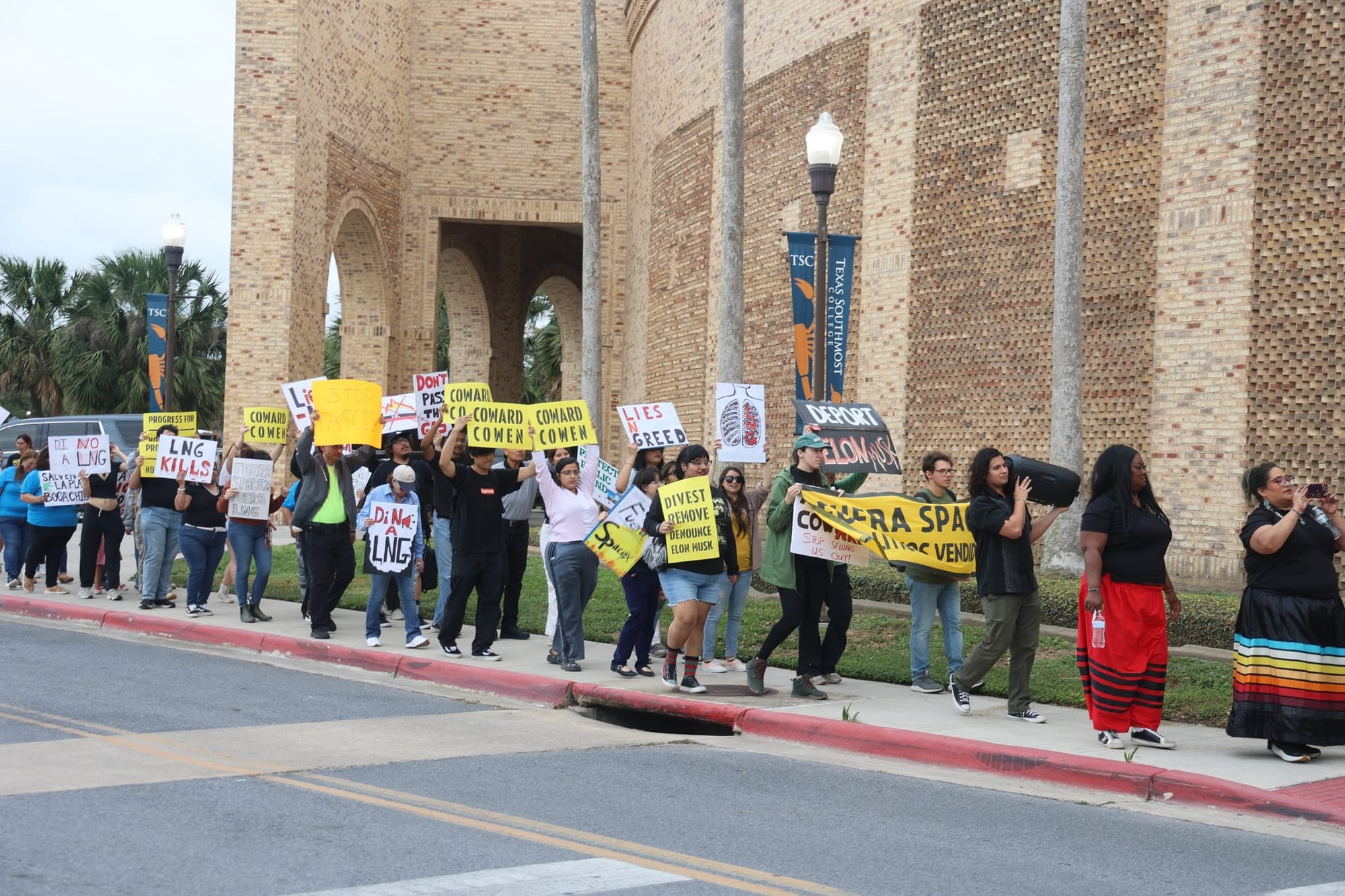
The environmental review of Rio Grande LNG continues, but the odds are not high that the permit will be canceled — in the past 20 years, FERC has approved over 99% of natural gas pipeline projects.
NextDecade continues to move forward with the Brownsville gas terminal. Schatzman said the current expansion may not be the last, as he expects the company to “explore options for the development of up to two additional trains at our site beyond Train 8”, which would take the 48 million metric tons of annual liquid gas output to a higher level.
NextDecade and the city of Brownsville did not immediately respond to requests for comment for this story.


